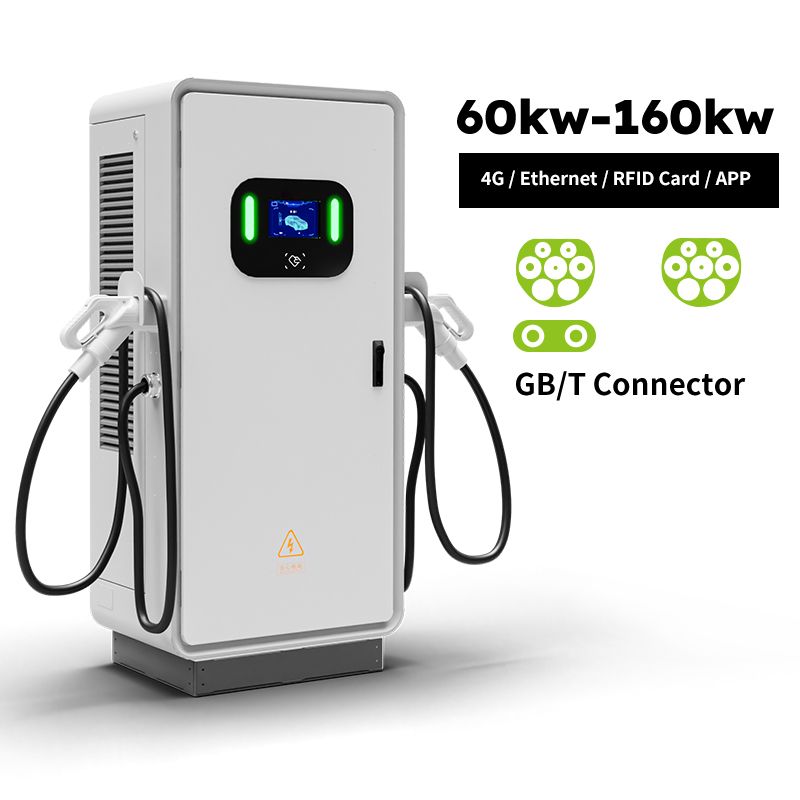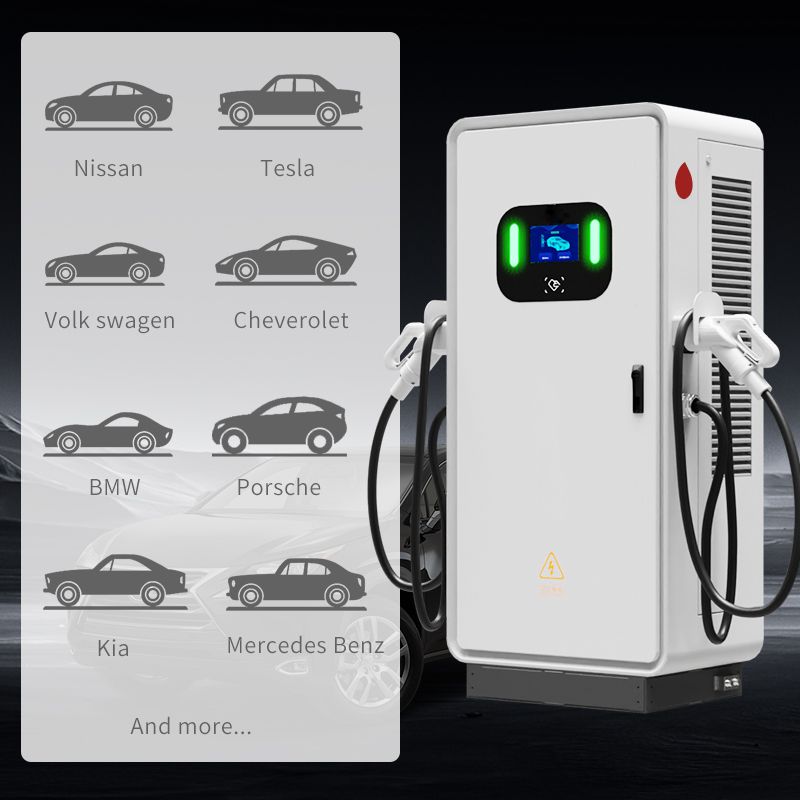As electric vehicles (EVs) gain popularity, it is essential for EV drivers without access to at-home or work charging facilities to understand rapid charging, also known as DC charging. Here’s everything you need to know:
What is Rapid Charging?
Rapid charging, or DC charging, is faster than AC charging. While fast AC charging ranges from 7 kW to 22 kW, DC charging refers to any charging station delivering more than 22 kW. Rapid charging typically provides 50+ kW, while ultra-rapid charging offers 100+ kW. The difference lies in the power source used.
DC charging involves “direct current,” which is the type of power that batteries use. On the other hand, fast AC charging uses “alternating current” found in typical household outlets. DC fast chargers convert AC power to DC within the charging station, delivering it directly to the battery, resulting in faster charging.
Is My Vehicle Compatible?
Not all EVs are compatible with DC fast charging stations. Most plug-in hybrid electric vehicles (PHEVs) cannot use fast chargers. If you anticipate needing a fast charge occasionally, ensure your EV is capable of utilizing this option when purchasing.
Different vehicles may have various rapid charging connector types. In Europe, most cars have the SAE CCS Combo 2 (CCS2) port, while older vehicles may use a CHAdeMO connector. Dedicated apps with maps of accessible chargers can help you find stations compatible with your vehicle’s port.
When to Use DC Fast Charging?
DC fast charging is ideal when you require an immediate charge and are willing to pay a little more for the convenience. It is particularly useful during road trips or when you have limited time but a low battery.
How to Find Fast Charging Stations?
Leading charging apps make it easy to search for fast charging spots. These apps often differentiate between charging types, with DC fast chargers represented as square pins. They typically display the charger’s power (ranging from 50 to 350 kW), the cost to charge, and an estimated charging time. In-vehicle displays like Android Auto, Apple CarPlay, or built-in vehicle integrations also provide charging information.
Charging Time and Battery Management
The charging speed during fast charging depends on factors such as the charger’s power and your vehicle’s battery voltage. Most modern EVs can add hundreds of miles of range in under an hour. Charging follows a “charging curve,” starting slowly as the vehicle checks the battery’s charge level and environmental conditions. It then reaches peak speed and gradually slows down around 80% charge to preserve battery life.
Unplugging a DC Rapid Charger: The 80% Rule
To optimize efficiency and allow more EV drivers to use available fast charging stations, it is advisable to unplug when your battery reaches approximately 80% state of charge (SOC). Charging slows down significantly after this point, and it may take as long to charge the last 20% as it did to reach 80%. Charging apps can monitor your charge and provide real-time information, including when to unplug.
Saving Money and Battery Health
DC fast charging fees are usually higher than AC charging. These stations are more costly to install and operate due to their higher power output. Overusing fast charging can strain your battery and reduce its efficiency and lifespan. Therefore, it is best to reserve fast charging for when you truly need it.
Fast Charging Made Easy
While fast charging is convenient, it is not the only option. For the best experience and cost savings, rely on AC charging for everyday needs and use DC charging when traveling or in urgent situations. By understanding the nuances of DC rapid charging, EV drivers can make informed decisions to maximize their charging experience.
Lesley
Sichuan Green Science & Technology Ltd., Co.
0086 19158819659
Post time: Jan-21-2024






